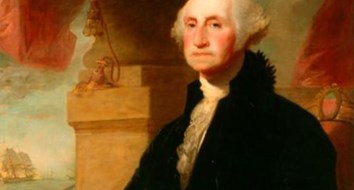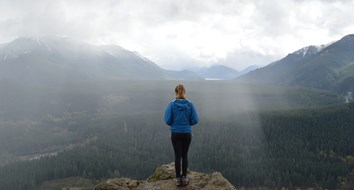Congestion is five times worse than in 1995. Why? What should we do about it? Those questions drive Randal O’Toole’s Gridlock.
The main reason for the increase, the author writes, is that beginning in the 1960s, “Many people looked at the costs of the automobile without considering the benefits, and their solution was to get rid of cars and highways.” The result was “an anti-mobility coalition that blames America’s mobility for all sorts of problems, real and imaginary. . . . The only solution they see is to reduce mobility by reducing per-capita driving.”
O’Toole, however, recognizes that cars, while costly, provide benefits that vastly outweigh their costs. He explains that the automobile provides tremendous mobility, giving Americans far greater choices about where they live, where they shop, and whom they visit. That mobility gives Americans higher incomes and lower consumer costs than most of the rest of the world, among other benefits. In sum, we owe our high standard of living to the mobility cars and trucks give us. Unfortunately, transportation planners want to discourage us from driving and believe they will be able to achieve their utopian vision by allowing traffic congestion to become as bad as possible.
How have the planners been able to impose their vision? They have taken advantage of the government monopoly on roads and most transit to advance their “smart-growth” theories. As a result, cost-efficient transportation planning has been largely abandoned.
O’Toole details how an alphabet soup of agencies and acts have imposed the planners’ misguided vision. Those include UMTA (the Urban Mass Transportation Act of 1964), which essentially nationalized the transit industry by dishing out federal grants to any public agencies that took over private transit companies; FAHA (the Federal Aid Highway Act of 1982), which first introduced congressional earmarking to federal transportation funding decisions; CAAA (The Clean Air Act Amendments of 1990), whose presumption that highways increased pollution was used to discourage or forbid cities with poor air quality from using federal funds to build new roads; TEA (the 1998 Transportation Efficiency Act for the 21st Century), which promoted and, along with EPA programs, helped fund smart-growth lobby groups; and ISTEA (the 1999 Intermodal Surface Transportation Efficiency Act), which encouraged the diversion of federal gas tax funds from highways to mass transit.
O’Toole also discusses the massive problems with rail transit, the planners’ panacea for both urban and intercity transportation. The results are bleak. “Since 1992,” he writes, “American cities have invested some $100 billion in urban rail transit. Yet no rail system in the country has managed to increase transit’s share of urban travel by even 1 percent.” He calls high-speed rail “a giant black hole sucking in hundreds of billions of dollars and producing negligible benefits.” Due to the politicization of transportation, enormous sums of money are squandered on infrastructure people don’t use, while the infrastructure they do is neglected.
The book also reveals the vast array of “strategic misrepresentation” that has allowed rail backers to spend billions on plans almost totally divorced from reality. These include ridership forecasts that were double actual usage; the understatement of costs by an average of 40 percent, using misleading time and distance comparisons (such as falsely assuming the relevant trip is train station to train station, rather than from where people start to where they want to go); and vast overstatement of savings in congestion and pollution.
O’Toole then uses three core principles—a system’s users should finance it, negative effects should be dealt with cost-efficiently, and new technologies must be allowed to expand options and lower mobility costs—to point to far better possibilities that are now foreclosed by government control of transportation.
Gridlock combines a mastery of the details of transportation planning and funding with insightful and accurate analysis. It unveils abysmal realities of transportation policy that have long been hidden from public view behind an array of acronyms, misrepresentation, and outright lying, and contrasts them with what common-sense principles would dictate.
My one complaint with Gridlock is inherent in its attempt to reform government. O’Toole believes that the ultimate solution to transportation problems is to “privatize our roads and transit systems,” and allow voluntary market solutions to work. I agree. But after declaring that approach politically impractical, he focuses instead on incremental changes to improve our transportation system. His proposals could generate significant gains, but the same special-interest, bureaucratic, and political pressures that created our current gridlock would almost certainly prevent such efficiency-enhancing reforms from being implemented. Instead, we should work toward the goal of a separation of transportation and State.





